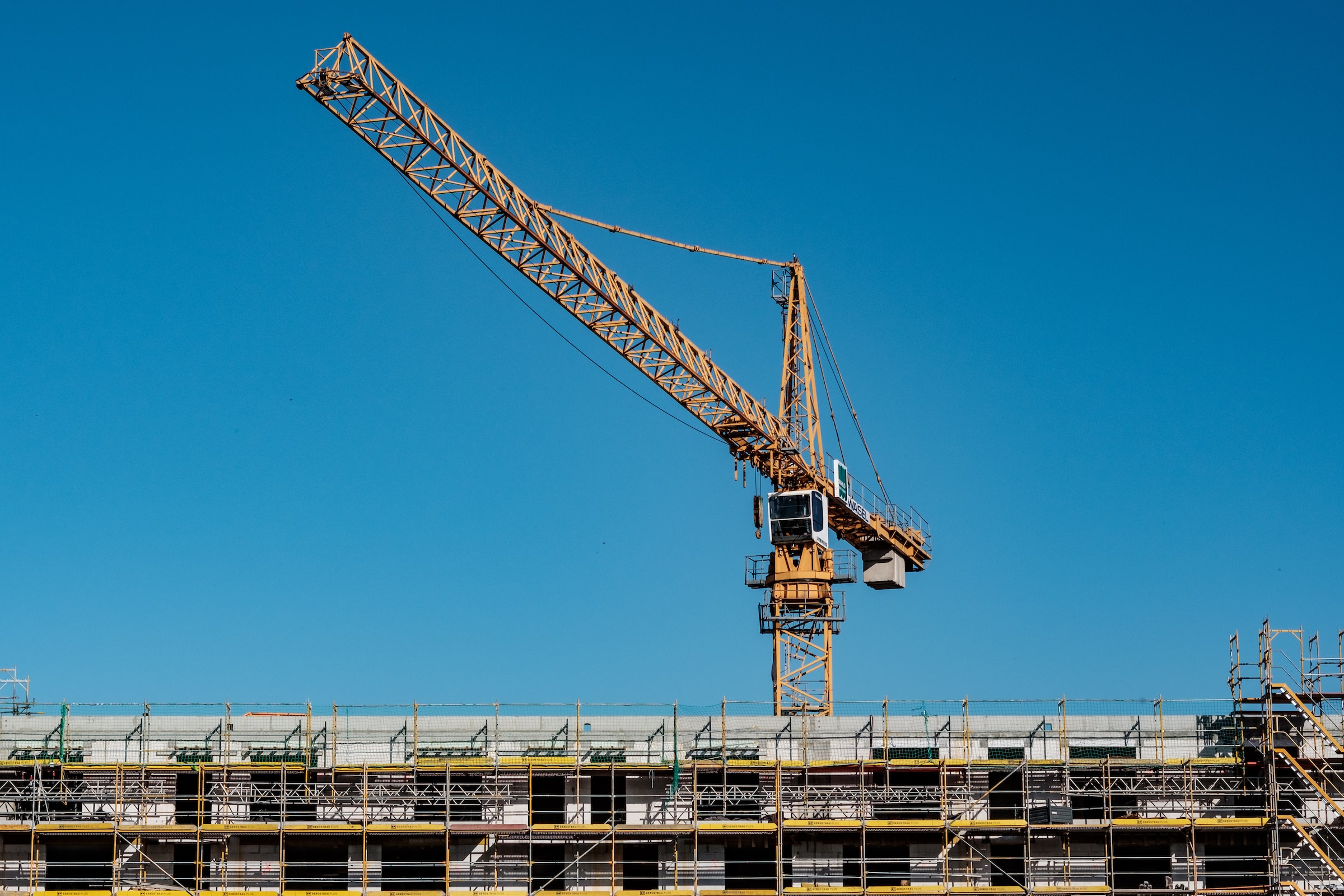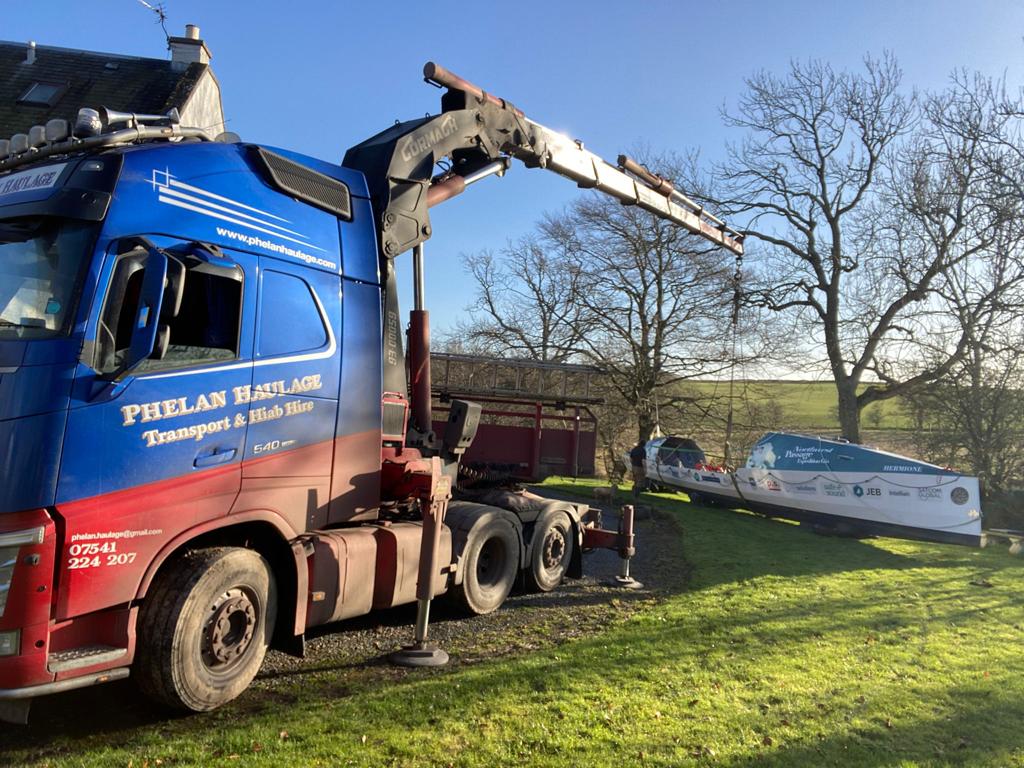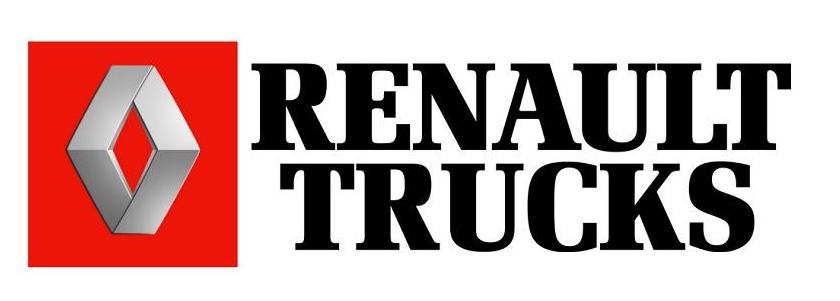Mechanical Cranes
Mechanical cranes have been around for centuries and have been used to lift and move heavy objects. From ancient Greece to the present day, they have helped people build large structures, such as bridges, ships, and skyscrapers. In this blog post, we will take a look at the fascinating history of mechanical cranes.
Early History of Cranes
The earliest known use of a crane dates back to ancient Greece in the 6th century BCE. This primitive version was called a “skier” and was made out of wood with ropes made from animal hide. The skier was used to lift heavy objects such as stone blocks for building projects.
In Ancient Rome, cranes were used to construct aqueducts and other monumental structures. These cranes were also powered by humans or animals instead of engines. However, it wasn’t until the Middle Ages that mechanical cranes began to be developed. During this time period, windmills were used to power the gears necessary for lifting heavy materials with a crane.

Modern Cranes
In the 19th century, steam-powered engine technology became available which allowed for much larger and more powerful cranes than ever before. These steam-powered engines could lift heavy loads with ease and quickly became an integral part of construction projects all over the world. By the Industrial Revolution (1760-1840), steam engines began being used to power mechanical cranes. This was a major breakthrough; steam-powered cranes could lift much heavier loads than their predecessors and operate faster as well. In addition, steel replaced iron as the primary material for crane construction; this made them lighter, stronger, and more durable than ever before.
Today, mechanical cranes are still widely used in construction projects all over the world as well as in manufacturing settings where they are used to lift large quantities of materials at once. Modern cranes come in many shapes and sizes and can be tailored to fit any project size or budget requirements. They are also equipped with advanced safety features that ensure the safe operation of these powerful machines. Today’s modern cranes are typically powered by either electricity or diesel fuel engines, both of which provide greater strength and speed than their predecessors ever could have dreamed of achieving

WHAT IS A HIAB Crane?
These vehicles are made up of a truck and crane combined in one vehicle and help to load and unload trucks by using the vehicle engine to power the hydraulics of the crane as it’s lifting equipment. The beauty of these vehicles is that they can transport goods to site as well as lift them on and off the truck which can often reduce the need for a separate mobile crane.
What is a HIAB? Hiab is actually a brand name. In other words, it’s an abbreviation of the full name of the company Hydrauliska Industri AB that manufactures this type of hydraulic crane. It’s a word that has become common place in the haulage industry when referring to a lorry mounted crane, truck mounted crane, crane lorry, mounted cranes or lorry loader body. The HIAB company is currently owned by the Cargotec Corporation.
There are two common types of HIAB loader cranes.
Rigid HIAB – A rigid Hiab is a vehicle or lorry which is a made up of the truck, trailer and lorry mounted crane all in one rigid structure. Known as a crane lorry in the UK.
Articulated HIAB – An artic Hiab is a vehicle or lorry which is made up of a truck with the lorry mounted crane situated behind the cab. These trucks can move around unit only or can pull a variety of trailers.
Conclusion
Mechanical cranes have come a long way since their humble beginnings in ancient Greece but their basic principles remain unchanged—they still serve as essential tools for lifting heavy objects quickly and safely during construction projects or manufacturing processes around the world today! If you are looking for an efficient way to move heavy materials on your next project then consider investing in a modern mechanical crane today. Whether you’re building skyscrapers or shipping containers, there’s no denying that mechanical cranes are essential tools in today’s world—and their evolutionary journey is part of what makes them so impressive!












